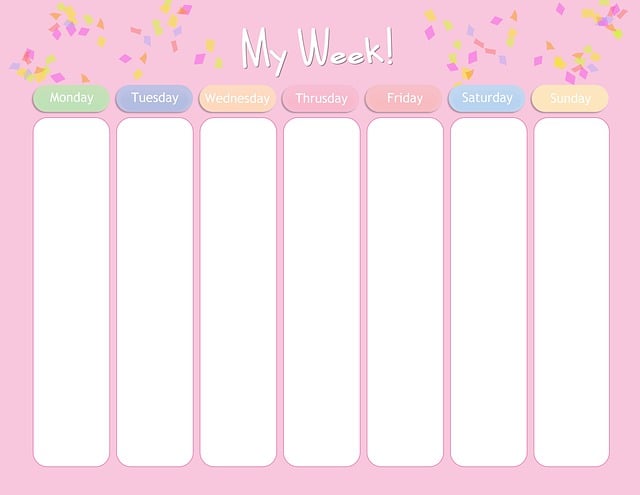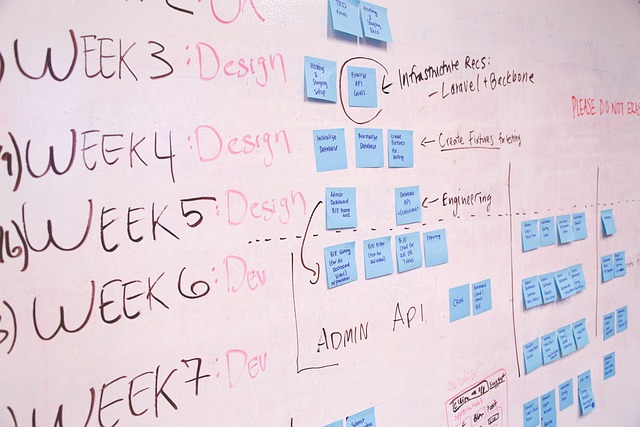When planning events for local businesses, choosing the right social media platform (Instagram, LinkedIn, Twitter, Facebook) is key for success based on audience demographics and event goals. Instagram excels for visual content, LinkedIn caters to professionals, Twitter facilitates real-time conversations, and Facebook builds community engagement. Strategic selection increases event reach, engagement, and attendance, leveraging analytics tools to target the right audience via targeted content and ads.
Social media has become an indispensable tool for event planning, offering local businesses a powerful platform to engage audiences and drive success. This article guides you through the art of skillfully managing social media events, from choosing the right platform to measuring impact. Discover how to craft an engaging strategy that leverages content calendars, interactive posts, and hashtags to maximize reach. Learn key performance indicators (KPIs) and analytics tools for optimization, ensuring your events consistently meet—and exceed—expectations.
- Choosing the Right Platform for Your Event
- – Evaluating social media platforms based on target audience and event goals
- – Pros and cons of popular platforms (Facebook, Instagram, Twitter, LinkedIn) for local business events
Choosing the Right Platform for Your Event

When planning an event, especially for local businesses looking to reach their community, selecting the right social media platform is key. It’s not one-size-fits-all; each platform offers unique features and caters to different audiences. For instance, Instagram is ideal for visually appealing events like pop-up markets or art exhibitions, allowing users to scroll through a feed of pictures and stories. In contrast, LinkedIn is better suited for professional networking events, such as industry panels or workshops, as it attracts a more business-focused audience.
Consider your event’s nature and target demographic when making this decision. Twitter can facilitate real-time engagement and conversations, perfect for discussions or Q&A sessions. Facebook groups provide an excellent space for building anticipation and fostering community before, during, and after the event. Understanding these platforms’ strengths will ensure your event planning is effective and that you reach the right people through the most engaging channels.
– Evaluating social media platforms based on target audience and event goals

When planning events for local businesses, evaluating social media platforms is a strategic move that aligns event goals with target audiences. Each platform has its unique demographics and user behavior, making it essential to choose the right channel for maximum engagement. For instance, Instagram and TikTok excel at reaching younger audiences through visually appealing content, while LinkedIn caters to professionals and business-to-business networking events.
Understanding your audience’s preferences and where they spend their time online is crucial. Event planners can leverage analytics tools provided by social media platforms to gain insights into user interactions, allowing for more effective content creation and targeted advertising. This data-driven approach ensures that event promotions reach the right people, fostering higher attendance and engagement during the physical event, catering specifically to the needs of local businesses in their event planning endeavors.
– Pros and cons of popular platforms (Facebook, Instagram, Twitter, LinkedIn) for local business events

When it comes to event planning for local businesses, leveraging social media platforms can significantly enhance reach and engagement. Facebook, Instagram, Twitter, and LinkedIn each offer unique advantages. For instance, Facebook groups allow for targeted invitations and community building, while Instagram’s visual format is ideal for showcasing event highlights and behind-the-scenes content. Twitter’s real-time updates facilitate quick announcements and interaction, making it perfect for spontaneous discussions or Q&A sessions during events. LinkedIn, on the other hand, is excellent for networking and professional development, as it connects businesses with industry leaders and potential clients.
However, each platform also has its drawbacks. Facebook can be saturated, making it challenging to stand out, while Instagram’s algorithmic nature may limit organic reach without strategic boosting. Twitter’s fast-paced nature might require constant updates, which can be time-consuming for event organizers. LinkedIn, though powerful for B2B connections, has a less engaged user base compared to younger platforms. Thus, event planners must carefully choose the right platform(s) based on their target audience and event objectives, ensuring optimal exposure and participation in event planning for local businesses.
Social media has become an indispensable tool for event planning, offering local businesses a powerful platform to engage their target audience. By carefully considering factors like target demographics and event objectives, and weighing the pros and cons of each platform, businesses can select the ideal space to create memorable experiences. Mastering social media events not only enhances brand visibility but also fosters meaningful connections with customers, ultimately contributing to successful event planning for local businesses.
